Beyond Assumptions: Why Zero Trust Must Be Your Security Foundation
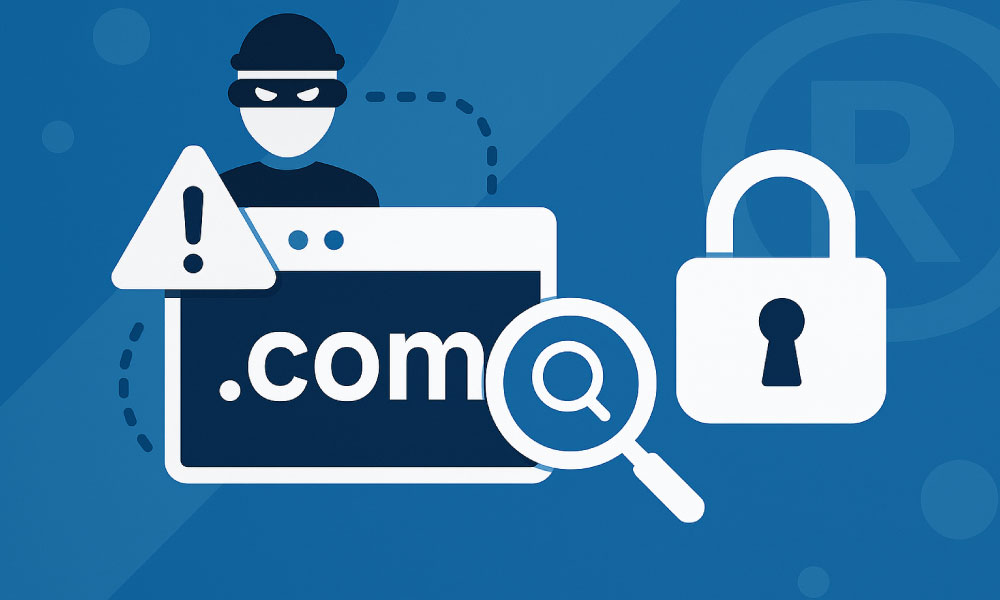
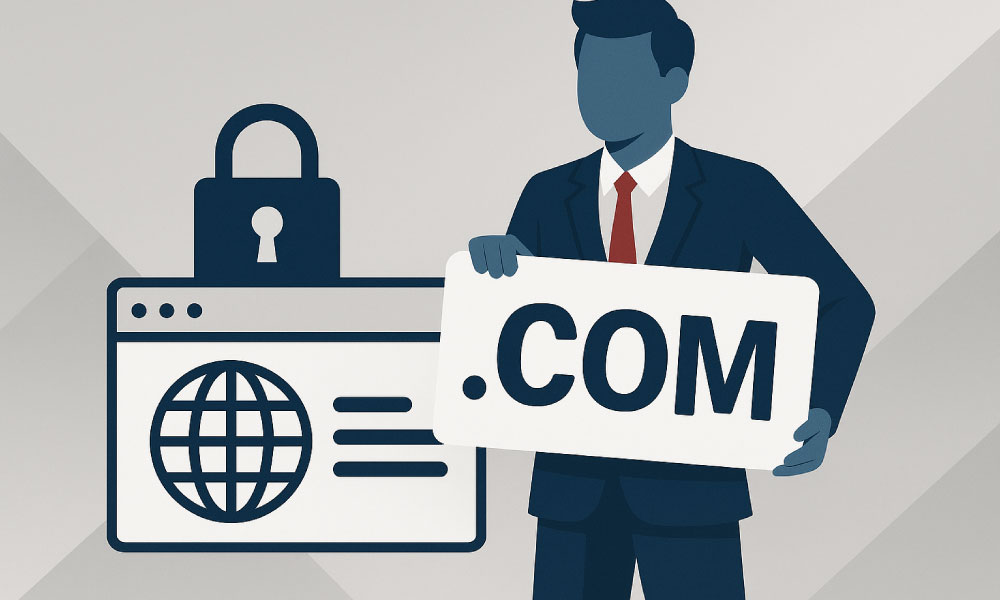
1. Cybersquatting – Owning Your Name Before You Do
Cybersquatting occurs when someone registers a domain name that is identical or confusingly similar to your brand—often with the intent to sell it back at a premium or divert traffic to their own site.
In Asia, where domain registrations in local languages and scripts (IDNs) are rising, cybersquatters are expanding beyond .com to include .asia, .cn, .jp, and country-specific TLDs.
Why it matters in 2025:
- New TLD launches and deregulations in some markets make it easier for squatters to grab domains quickly.
- Social media integration with domains means one fake link can damage a brand’s trust in seconds.
- Register domains in multiple TLDs, including local ccTLDs relevant to your market.
- Monitor new domain registrations that match or resemble your brand.

2. Typosquatting – One Letter Away from Trouble
Typosquatting targets customers who make common spelling mistakes when typing your domain. Fraudsters register these lookalike domains to host phishing sites, malware, or fake shops.
For example, replacing letters (“rn” for “m”) or adding small changes (“brand-asia.com” instead of “brandasia.com”) can fool customers, especially on mobile devices.
Why it matters in 2025:
- Mobile-first users in Asia are more prone to typing errors.
- AI-driven domain generation tools allow attackers to create thousands of typo variations automatically.
- Identify high-risk typo variations and secure them.
- Implement browser and email warnings through security partnerships.
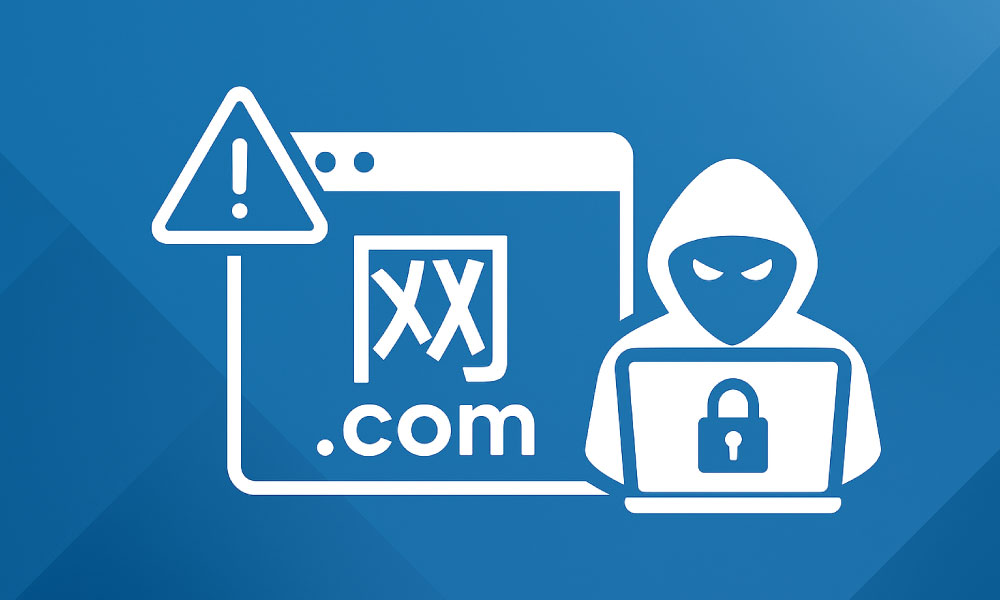
3. Internationalized Domain Name (IDN) Homograph Attacks
- Cross-border trade in Asia increases reliance on multilingual domains.
- Many browsers and users still overlook subtle differences in characters.
- Register your brand in key local scripts to block misuse.
- Use domain monitoring tools to detect suspicious IDN registrations.
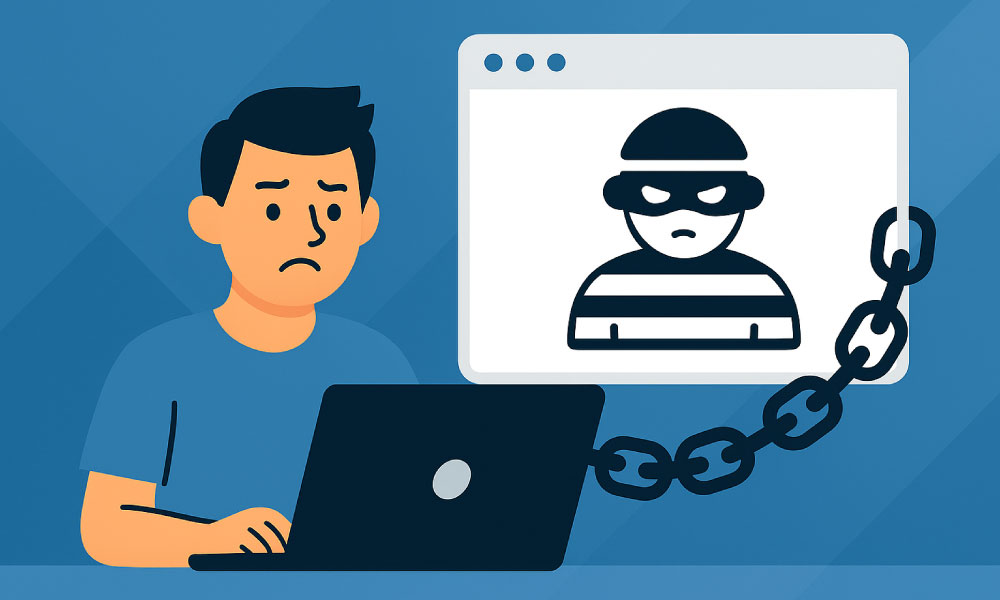
4. Domain Hijacking – Losing Control Overnight
- Cybercriminals now use phishing, SIM swaps, and registrar system exploits to steal domains.
- Hijacked domains are often used for scams before brands can recover them.
- Enable multi-factor authentication (MFA) on all registrar accounts.
- Lock your domains at the registry level to prevent unauthorized transfers.

5. Expired Domain Exploitation – The Silent Threat
- Asian SMEs often manage multiple domains without automated renewal systems.
- Attackers monitor expiring domains using dedicated software.
- Set auto-renewal for all domains.
- Keep registrar contact information updated to avoid missing renewal reminders.
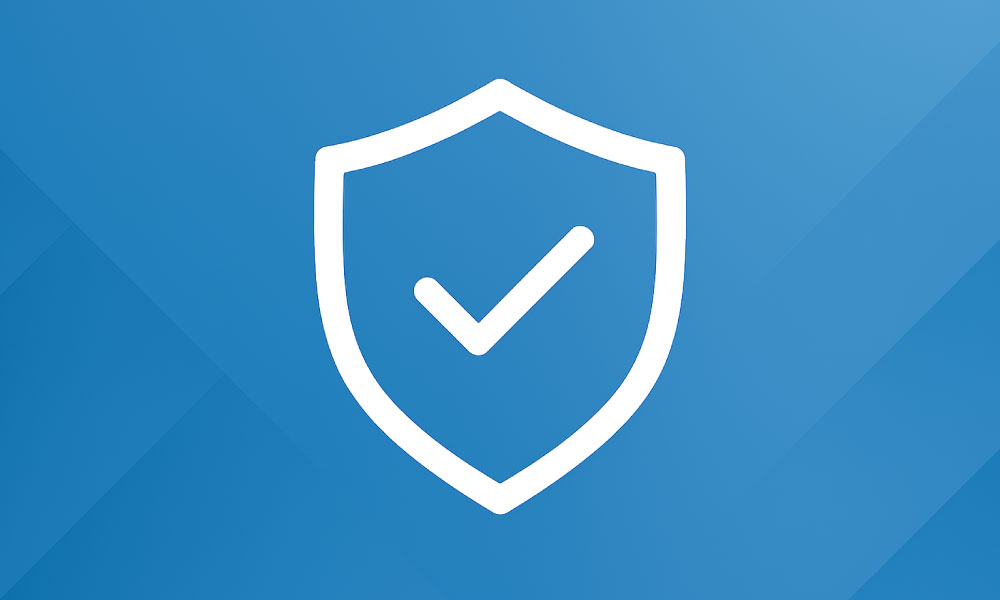
Protecting Your Brand in the New Digital Era
Action steps for 2025:
- Proactive Registration: Secure brand-related domains across TLDs and key markets.
- Continuous Monitoring: Track domain registrations to detect suspicious activity early.
- Rapid Takedown Response: Partner with domain protection services like Reg.Asia to remove malicious sites quickly.
At Reg.Asia, we help brands safeguard their digital identity through domain monitoring, takedown services, and proactive registration strategies. With cyber threats evolving rapidly, now is the time to strengthen your brand’s first line of defense—your domain name.
